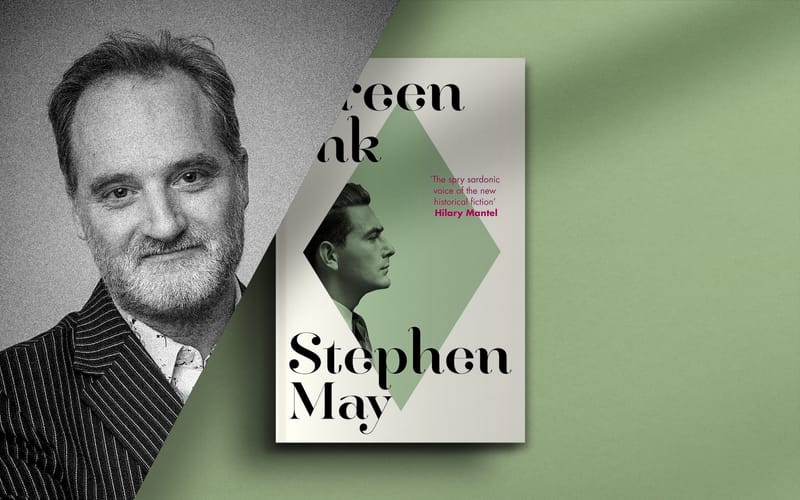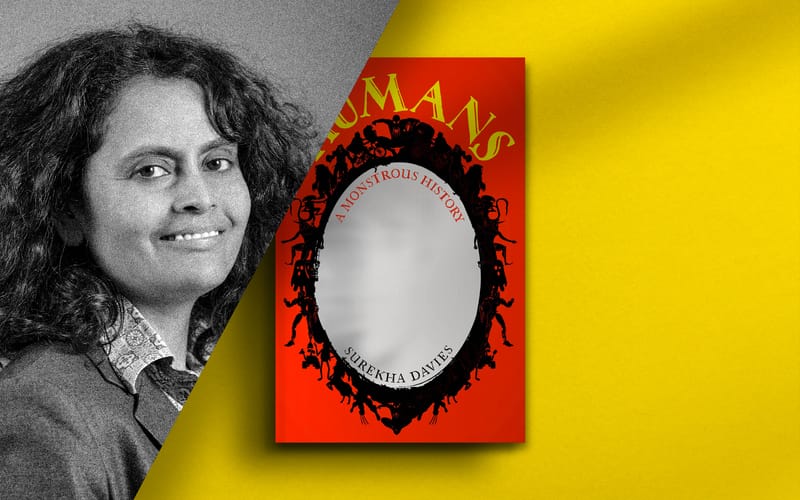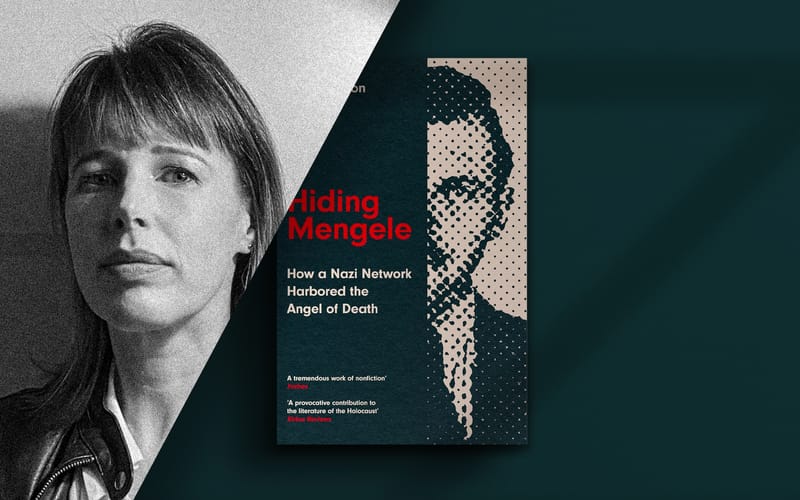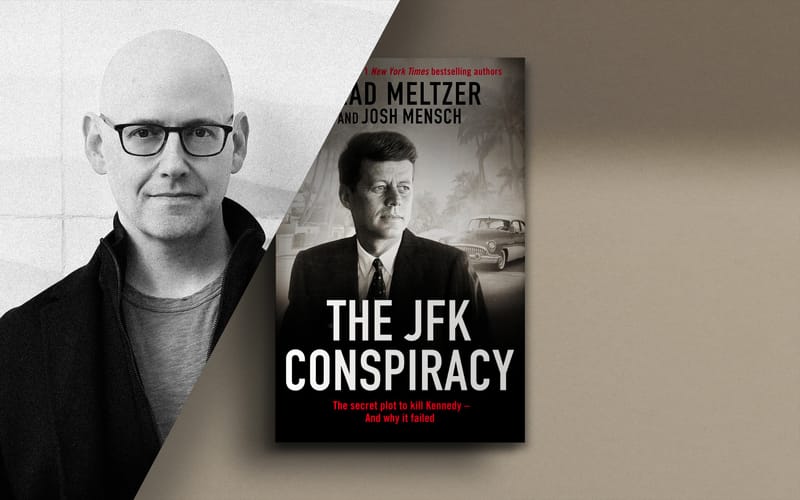How Finland Survived Stalin with Kimmo Rentola
Kimmo Rentola tells us all about ‘The Winter War’
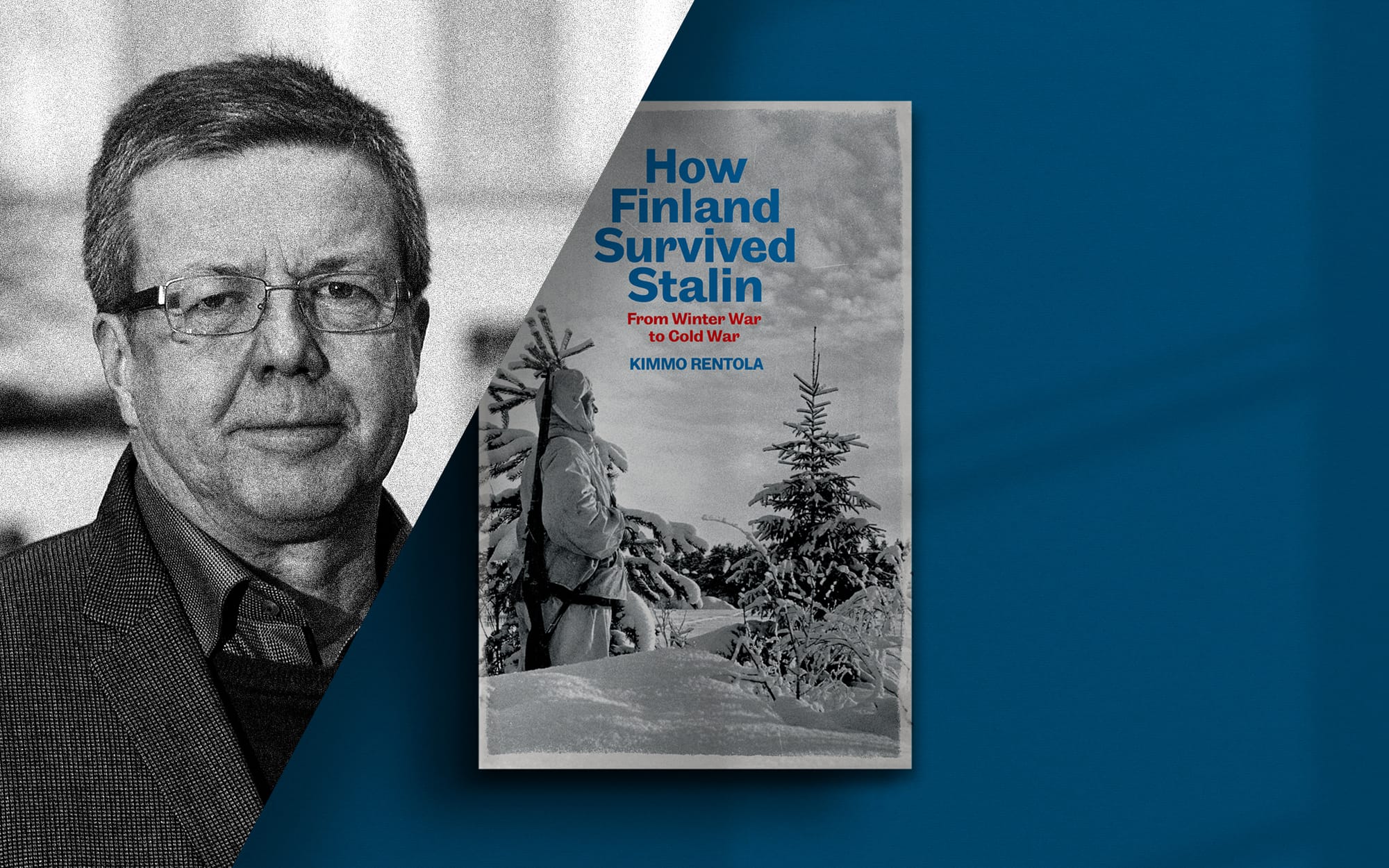
After Vladimir Putin’s shocking decision to invade Ukraine in February 2022, people began to look around for precedents. One conflict in particular caught attentions. In November 1939 Joseph Stalin, soon after the forging of his strange alliance with Adolf Hitler, decided that Finland was to be brought under Soviet control.
The Finns had long suspected Stalin and his imperialistic instincts. Few, however, believed that he would attack in the bitter cold of November. What followed was a short and brutal conflict that is remembered today as ‘The Winter War’.
It is with this event that the Finnish historian Kimmo Rentola begins his acclaimed book, How Finland Survived Stalin. Full of insight and expert research, Rentola’s book also tells us something about the Russo-Ukranian conflict of today.
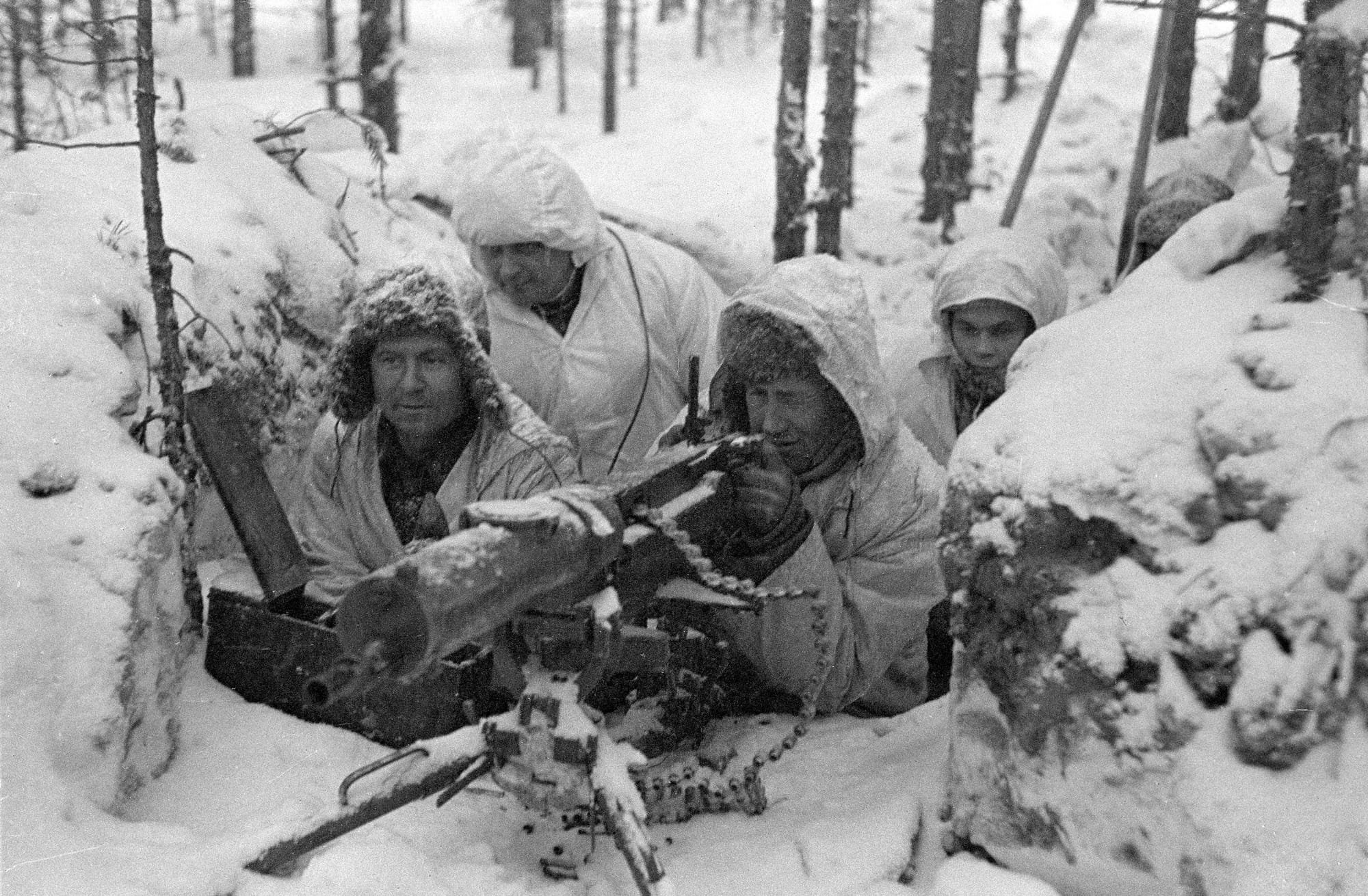

Unseen Histories
You point out the ‘extraordinary fact’ that London, Moscow and Helsinki were the only three European capitals of those nations participating in the Second World War that avoided foreign occupation. How much is known of Finland’s story in this conflict?
Kimmo Rentola
I believe the short but furious Winter War is still known among those interested in the Second World War history. When Hitler and Stalin divided the countries between them in the Nazi-Soviet Pact of 23 August 1939, Finland was placed in the Soviet sphere of interest. In the subsequent negotiations, however, the Finns rejected Soviet demands about the border and the transfer of military bases (believing that the Soviets would not risk an offensive in the middle of winter and without first presenting an ultimatum).
The Red Army nonetheless attacked on 30 November 1939, putting up a puppet 'government' for Finland, believing that an easy and swift victory was possible. The Finns, however, fought back and did so well. The western powers (Britain and France) planned to help Finland, and their plan to bomb Baku and other oil cities on the Caspian Sea forced Stalin to make peace with the Helsinki government on 13 March 1940. Finland lost a considerable territory, but remained independent.
The later developments are certainly less known by foreigners. After the Winter War the Soviets put heavy pressure on Finland and planned a new attack. Hitler, though, announced that German did not want a new war in the Baltic Sea area. This dissuaded Stalin. When Nazi Germany attacked the Soviet Union in June 1941, Finland joined the offensive, aiming to get back lost territory.
After the Battle of Stalingrad, it was clear that Finland was again on the losing side. Withdrawing from the war was very difficult. It became a question of timing. It could only be achieved after Germany had weakened to the point that retaliation was unlikely, but before the Soviets were strong enough to conquer the country. The Red Army tried to achieve this by a general attack in June 1944, but the Finns were able to reject that, and after the Allied invasion of Normandy Stalin had to hurry towards Berlin. No additional troops were available to be sent to the Finnish front.
The peace with Finland was made in September 1944, nine months before the war ended in Europe. This was important, because all seminal issues could be agreed between the Allies when they were still allies, e.g. the first postwar elections in Europe already in March 1945.
After that, the Finns had to wage a third war, now against the Germans, who had troops in northern Finland.
Finland lost almost 100,000 soldiers between 1939-45. But only 2000 civilians died because no foreign army ever overran the country and the efficiency of Soviet bombings was not comparable to that of the western powers.

Unseen Histories
The central political figure in your book is Joseph Stalin. Despite the fact that he famously met Lenin in Finland in 1905, you point out that he had little developed knowledge of the country. How did the early Soviets think of Finland and the Finnish people?
Kimmo Rentola
Stalin and others saw Finland as one of the newly independent western border countries. Soon after independence, during the first half of 1918, a Civil War was waged in Finland between the Whites and the Reds. Unlike in Russia, here the Reds lost, and many took refuge in Soviet Russia and founded the Communist Party. This was supported by the Soviets in the 1920s and during the first half on the 1930s.
Then, during the Stalinist terror, the Red Finnish refugees fell under Stalin's suspicions like all western national minorities. Most of them were murdered or sent to the prison camps. The communists living in Finland were not fully aware of the details, but they sensed that something negative was going on when correspondence and other contacts were no longer possible. This meant that many fought on the Finnish side in the Winter War and did not try to sabotage the war effort.
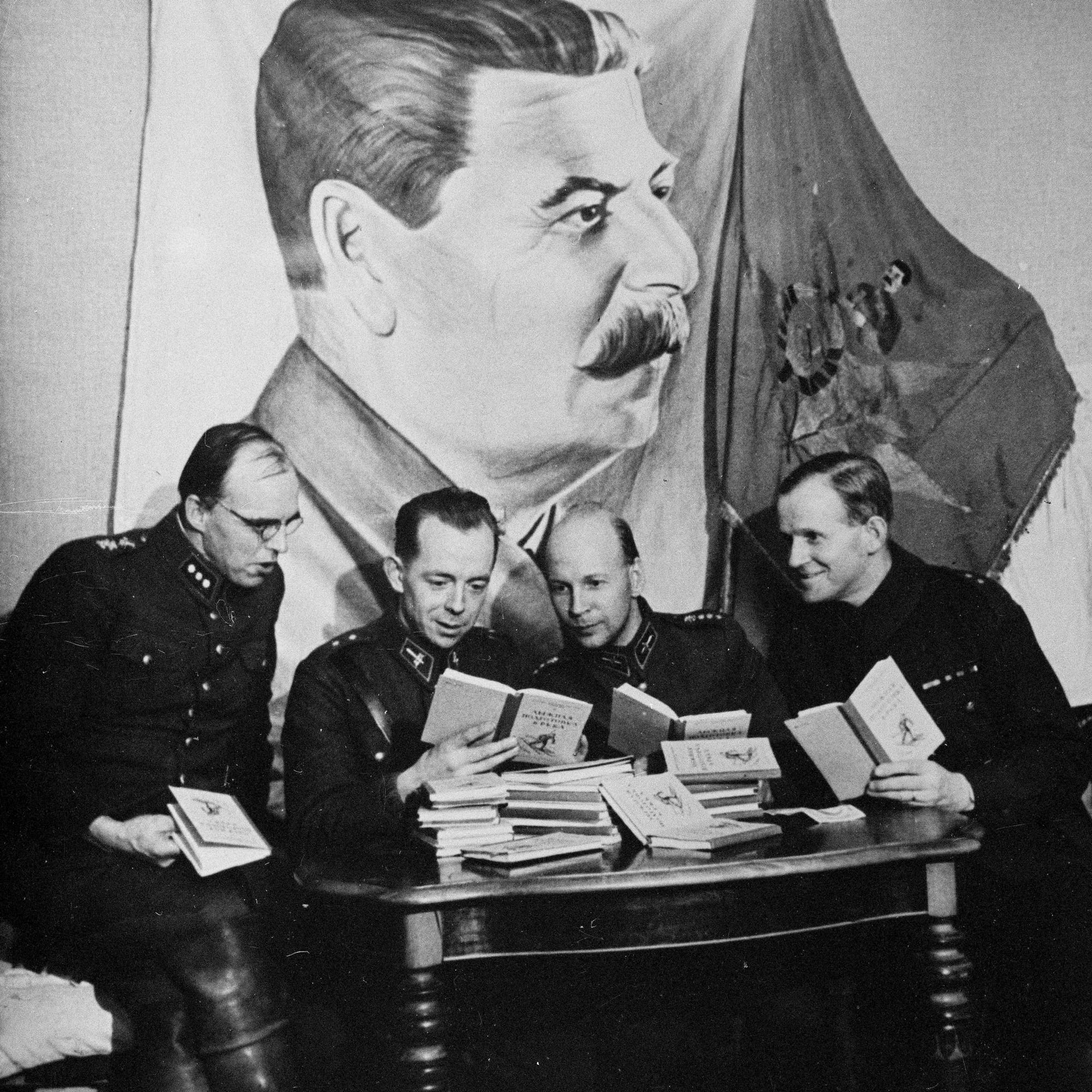

Unseen Histories
Finland really was very isolated in September 1939, wasn’t it? Even Churchill, for instance, stated that a Soviet invasion would only reinstate the old borders of Imperial Russia. Is this true?
Kimmo Rentola
Churchill saw that strengthening of Soviet positions in the Baltic Sea area was a negative development for Germany, so he supported Soviet demands to countries like Finland. He stated this view to Ambassador Ivan Maisky. When the Soviets attacked and the Finns were able to resist, Churchill changed his mind, gave powerful speeches supporting Finland and participated in the plans for western military support.

Unseen Histories
The fighting started in late November. What was the combat like in such extreme conditions? Did you find any vivid accounts?
Kimmo Rentola
The book is mainly on the political and intelligence aspects of the war, and there is lots of information available on actual warfare, so it is only shortly presented in this book. For a vivid account, see below on Mekhlis.

Unseen Histories
There are clear parallels here with the February 2022 invasion of Ukraine. For example, Lev Mekhlis, a Red Army officer, was among those who believed the ‘workers and peasants [of Finland] would greet us with flowers’. What similarities between the two conflicts strikes you most strongly?
Kimmo Rentola
Lev Mehklis was the chief of Red Army political administration, former editor in chief of Pravda and Stalin’s former secretary. Stalin developed a plan to cut the Finnish territory into two parts, so cutting land contact with Sweden. Stalin sent Mekhlis to oversee the operation, which became the worst single rout of the Red Army in this war.
The Finnish troops in the north mainly consisted of forest workers. They were far less numerous than the Soviets, but were able to use the forests to dissect the enemy columns on small roads. Mekhlis almost got himself killed. His car was shot and he had to wander back east in extremely cold weather. Stalin received information about the catastrophe only when Finnish military news was translated to him.
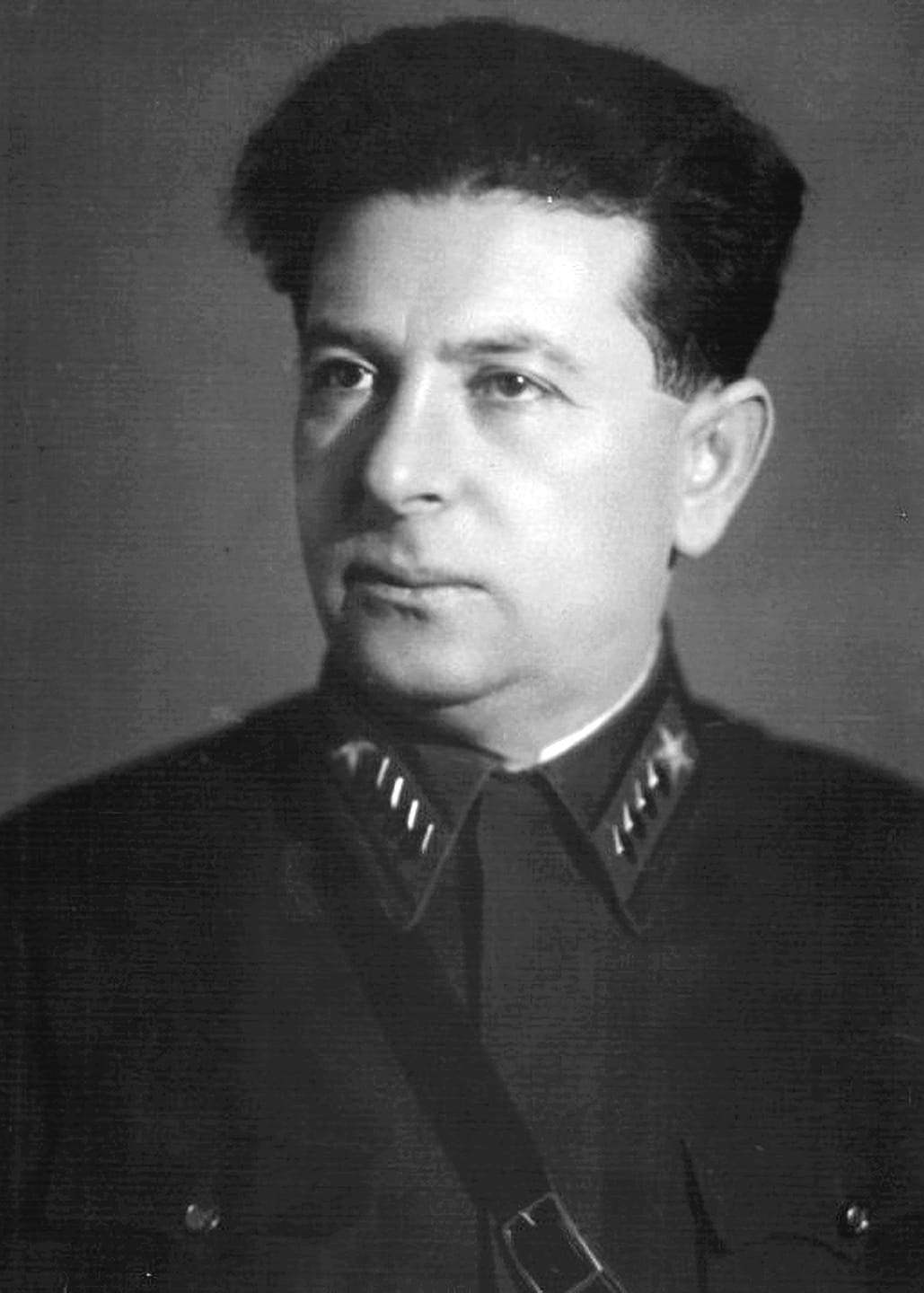
The main similarity between Finland in 1939 and Ukraine in 2022 is the wishful thinking of the Soviet side. They believed in swift success and the collapse of their enemy, which did not happen. Under authoritarian regimes, it is difficult to report critical views those high up — it is much less risky to report when you believe the boss wants to hear.
The main difference is probably that Stalin was able to change his views quickly and abandon the original plan. He was able to stop, not needing to fear any rivals in Moscow.

Unseen Histories
Is it true that the infamous Katyn Massacre of the Polish intelligentsia was influenced in part by the circumstances of the Winter War?
Kimmo Rentola
When Stalin decided that he had to swallow his pride, abandon his puppet regime and make peace with the Helsinki government, he was in very bad mood. He ordered a series of executions for prominent former Soviet officials who had been in prison for a time. Then it was decided, on 5 March 1940, to execute 25,000 Polish prisoners of war, mainly officers, to prevent them joining a possible western intervention that was very much feared by Stalin, Beria and Molotov. Talking to his own circle, Stalin had, in January, announced the need to kill Finnish officers. But when he could not do that, he took care of the Poles so that they could never become a similar nuisance.
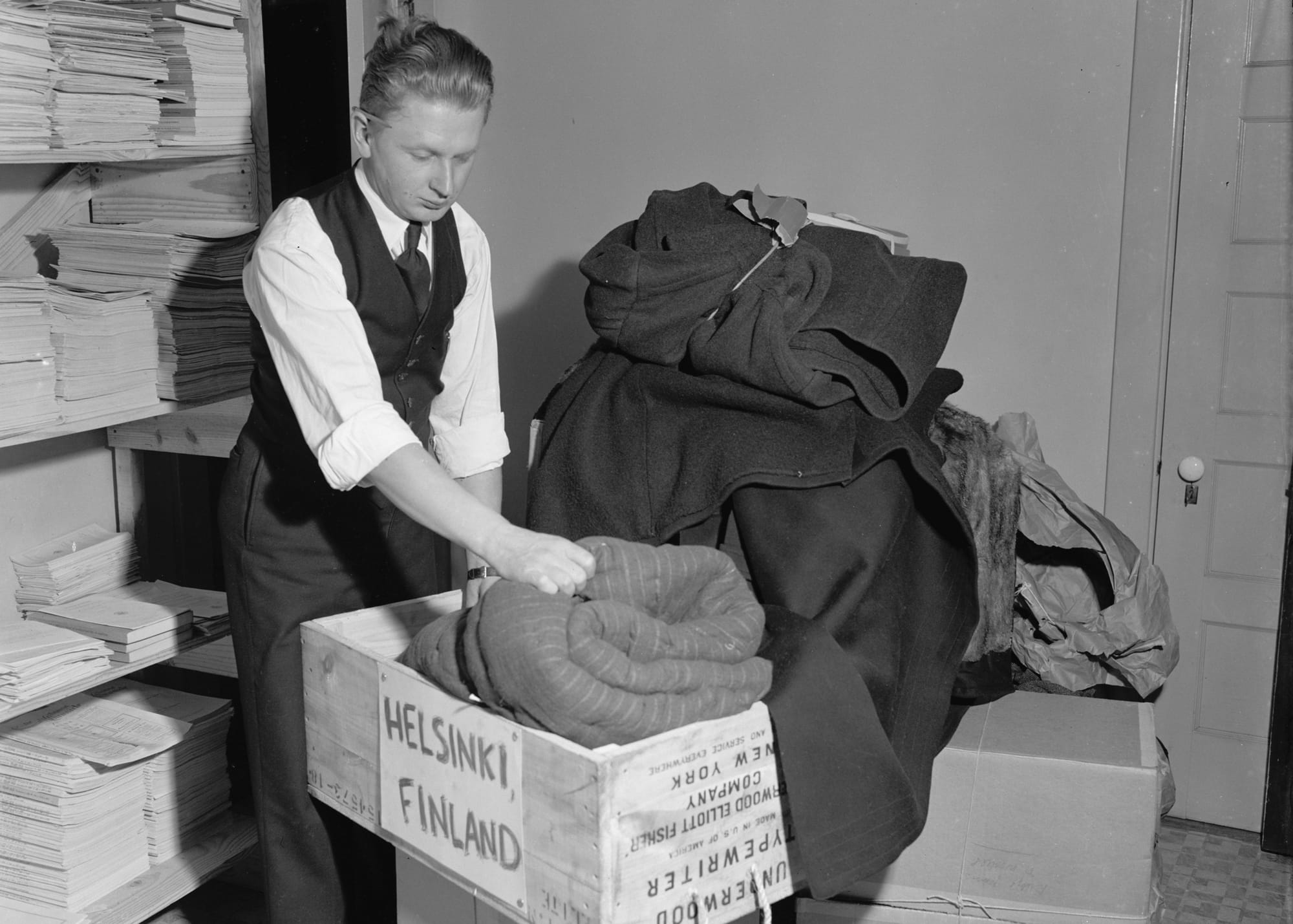
'We were able to work in FSB archives and received first class documents, in particular on the Winter War, but also from other periods from the Russian Presidential Archives. In the FSB archives readers' room, there was heart attack medicine readily available for customers who were allowed to see documents on their relatives.'

Unseen Histories
Do you think Stalin had ‘goodwill in his heart towards the Finns’ as many have claimed since the Second World War? You quote Stalin in late 1945, praising the Finns’ resolve. ‘You live in bogs and forests, in spite of this you have built a state’.
Kimmo Rentola
Goodwill is of course postwar flattery. But I think the Soviet leaders learned to respect the Finns because of their demonstrated capacity to fight. At the same time war experience gave Finnish leaders the self-confidence to deal with the Russians after the war. If we were able to survive the war, why should we not survive the peace?

Unseen Histories
To develop a comprehensive view of the plans and execution of the Winter War you will have had to consult many Soviet-era archives and documents. Were you able to access these or did you confront a culture of secrecy?
Kimmo Rentola
Before the present situation, Finnish historians were involved in several cooperative projects with the Russians. We were able to work in FSB archives and received first class documents, in particular on the Winter War, but also for other periods from the Russian Presidential Archives. (In the FSB archives readers' room, there was heart attack medicine readily available for customers allowed to see documents on their relatives.) Of course, many secrets remained, but these steps were good as long as it lasted 𖡹

How Finland Survived Stalin: From Winter War to Cold War, 1939-1950
Yale University Press, 14 November, 2023
RRP: £25 | ISBN: 978-0300273618

"There is no other book like this one. Rentola treats Stalin as a serious strategist and demonstrates how pragmatic, flexible and ruthless he could be"
– Ronald Grigor Suny, author of Stalin: Passage to Revolution
A dramatic and timely account of Stalin’s failed invasion of Finland in 1939, and the decade of wars and fraught relations that followed.
In November 1939, Stalin directed his military leaders to launch an invasion of Finland. In what became known as the Winter War, the full might of the Soviet army was pitted against this small Nordic republic. Yet despite their vastly superior military strength, the Soviets suffered heavy losses and failed to mount Stalin’s intended full-scale invasion.
How did Finland evade Stalin’s crosshairs—not once, but three times more?
In this groundbreaking account, Kimmo Rentola traces the epochal shifts in Soviet-Finnish relations. From the Winter War to Finland’s exit from World War II in 1944, a possible Soviet-backed coup in 1948, and Moscow’s designation of Finland as an enemy state in 1950, Finland was forced to navigate Stalin’s outsize political and territorial demands. Rentola presents a dramatic reconstruction of Finland’s unlikely survival at a time when the nation’s very existence was at stake.
"This is a pioneering work on Soviet-Finnish relations in the critical period between the Winter War and the death of Stalin. Using archives around the world, Rentola explores in stunning detail the complex story of Finnish survival"
– Norman M. Naimark, author of Stalin and the Fate of Europe
"No one is better equipped than Kimmo Rentola to tell the extraordinary story of Finland's relations with Stalin and the Soviets. His penetrating insight, flawless judgement and matchless command of Finnish and Russian sources have produced a masterpiece"
– Geoffrey Roberts, author of Stalin's Library

With thanks to Heather Nathan. Author Photograph © Linda Tammisto


